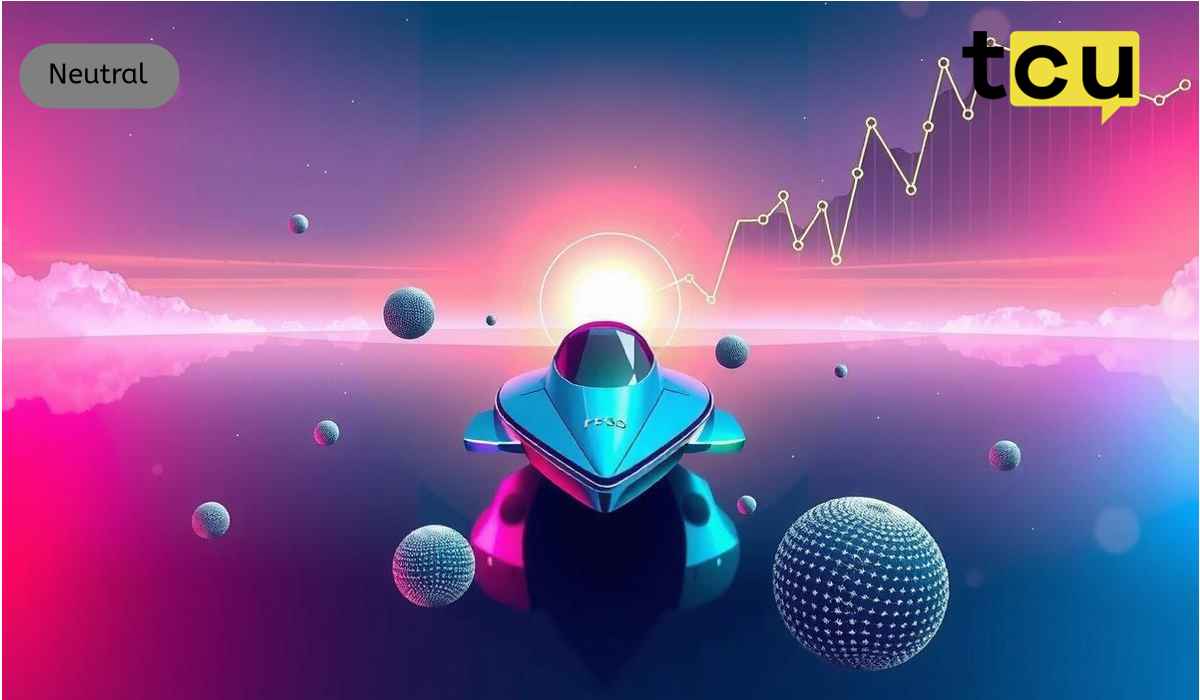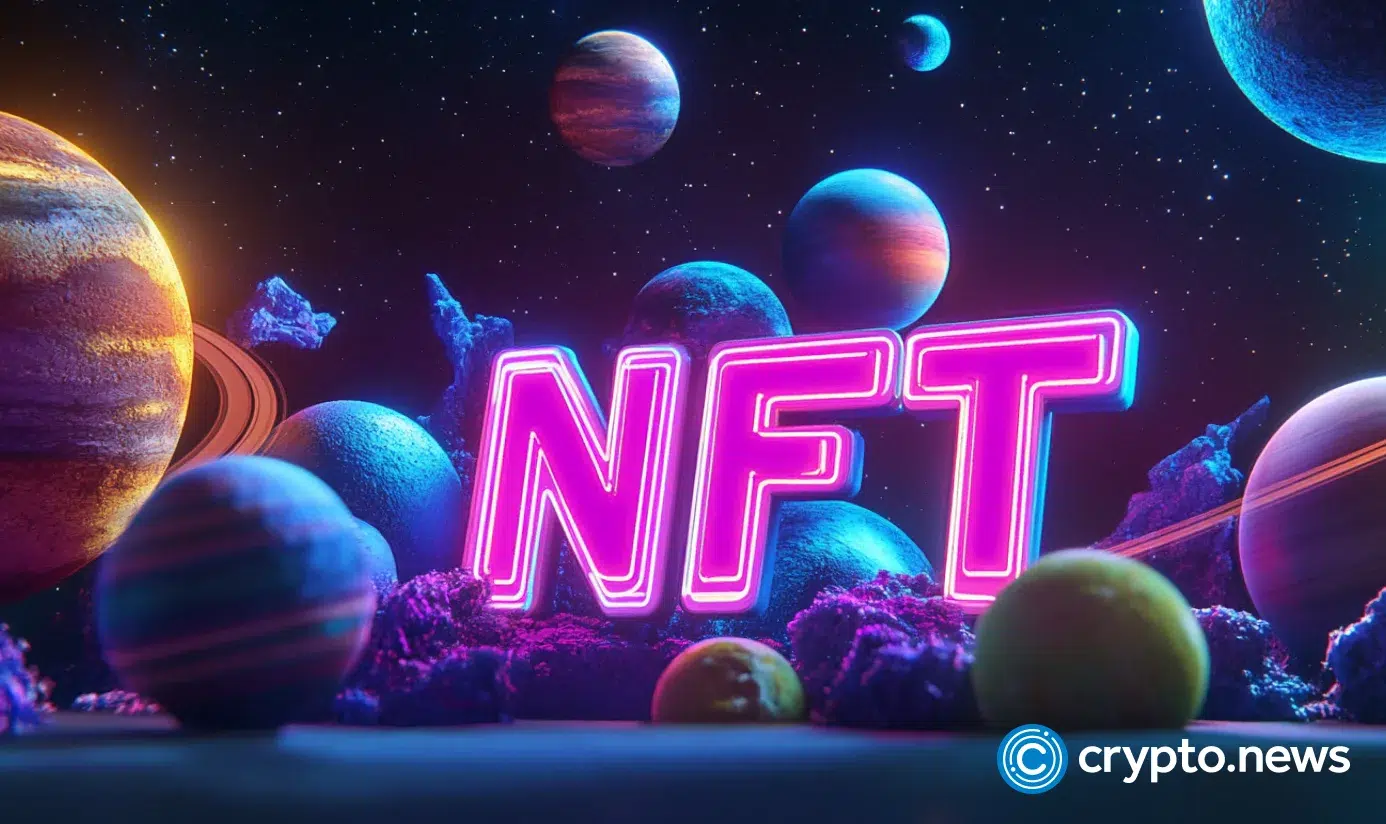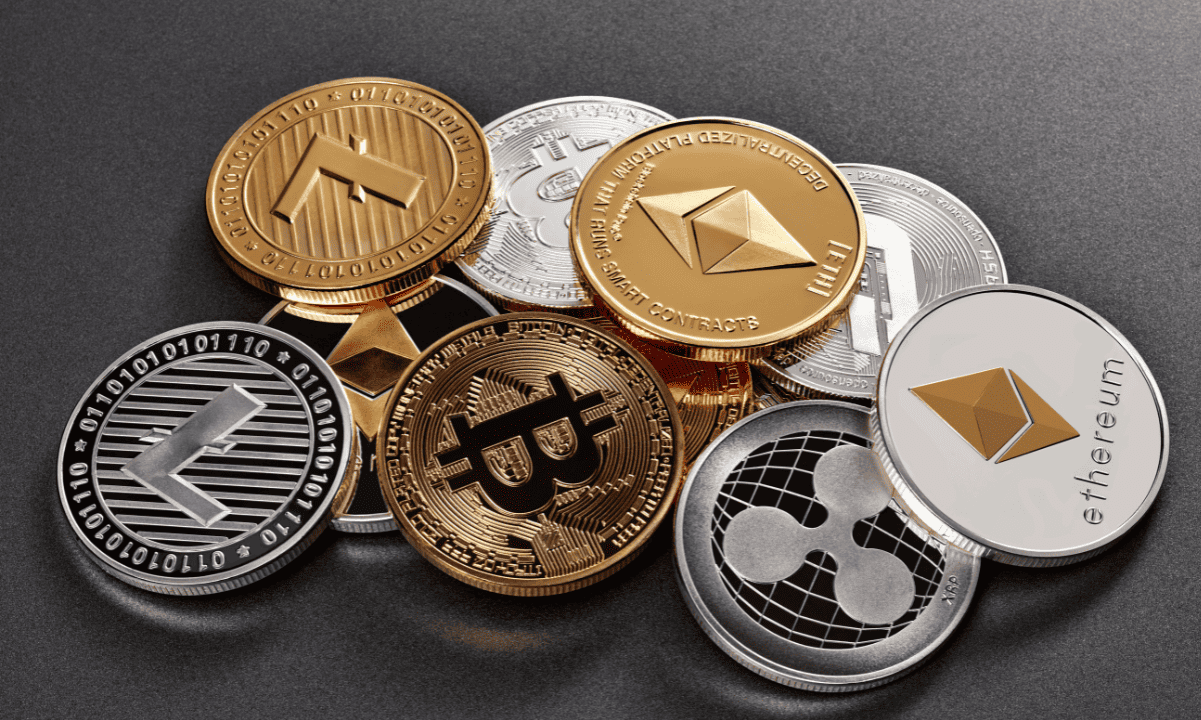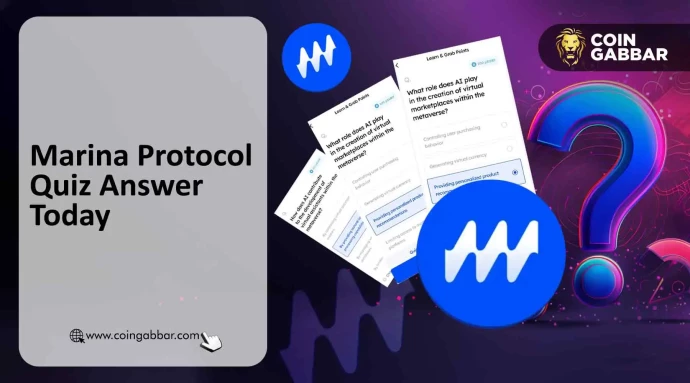 CaryptosHeadlines Media Has Launched Its Native Token CHT.
Airdrop Is Live For Everyone, Claim Instant 5000 CHT Tokens Worth Of $50 USDT.
Join the Airdrop at the official website,
CryptosHeadlinesToken.com
CaryptosHeadlines Media Has Launched Its Native Token CHT.
Airdrop Is Live For Everyone, Claim Instant 5000 CHT Tokens Worth Of $50 USDT.
Join the Airdrop at the official website,
CryptosHeadlinesToken.com
The year 2021 saw the incredible rise of non-fungible tokens (NFTs). The digital tokens, unique and verifiable via blockchain technology, stormed the globe, with digital artists, collectors, and speculative investors getting on board the NFT train. The question remains, however, whether NFTs are a fleeting trend or a revolution in digital ownership that will continue to reshape industries as we know them.
NFTs are digital tokens that exist on a blockchain, each with unique data that distinguishes it from every other token. They can represent ownership or authenticity of a wide range of assets. While the initial NFT boom was dominated by digital art and collectibles, the technology has a virtually limitless range of potential applications, from intellectual property rights to real estate.
Looking ahead to 2025, the path for NFTs seems to be moving towards a more diverse and significant role in various industries. As the NFT market matures, there is a noticeable shift from speculation to utility. The focus is moving towards NFT projects that offer tangible benefits, with rewards programs, exclusive perks, or real-world services tied to ownership. While speculative trading will likely persist, projects that offer long-term utility are predicted to prosper.
The regulatory landscape surrounding NFTs is also evolving. As NFTs represent increasingly valuable assets, governments worldwide are beginning to establish clearer guidelines for their use and trade. While this may initially seem like an obstacle, it also lends legitimacy to the NFT marketplace, potentially attracting more traditional investors who have been wary of the legal gray areas surrounding NFTs.
On the horizon are more specialized NFT platforms, each catering to a different niche. There are already marketplaces focused on art, music, and gaming, and the future promises even more specialization. This decentralization of the NFT market encourages competition and a more diverse ecosystem.
The use of NFTs is also expanding. They are already being used for event tickets, backstage passes, and other items that require verifiable digital ownership. In the gaming world, NFTs are being used to give players true ownership of their in-game assets, which can be freely traded across multiple platforms. This is part of a move towards a grand metaverse, a shared digital reality where NFTs are the backbone, providing proof of ownership for virtual real estate and unique digital goods.
The tokenization of real-world assets is another exciting avenue for NFTs. Instead of dealing with paper deeds or cumbersome legal processes, people may soon be able to invest in a fraction of a building or a rare collectible car through NFTs. This makes ownership more liquid and accessible, allowing a broader base of investors to buy into high-value assets.
While NFTs have demonstrated their potential and versatility, several challenges lie ahead. Market volatility, intellectual property disputes, and security vulnerabilities remain significant concerns. Despite these obstacles, the future of NFTs looks promising. By 2025, NFTs are poised to be woven into everyday life, driving a global cultural shift in how we create, share, and monetize content, and how we conceive of ownership itself. As the NFT landscape continues to evolve, it offers a fascinating glimpse into a future where digital and physical realms are more interconnected than ever.
As we edge closer to this future, it is crucial to remember that NFTs are tools. Their true value will only be realized when they are used responsibly and creatively to provide real benefits to users and society at large. As with any technology, the evolution of NFTs will depend on the people who use them and the rules that govern them. However, if the recent past is any indication, the world of NFTs will continue to surprise and innovate, blurring the lines between the digital and physical and redefining what it means to own something in the 21st century.










